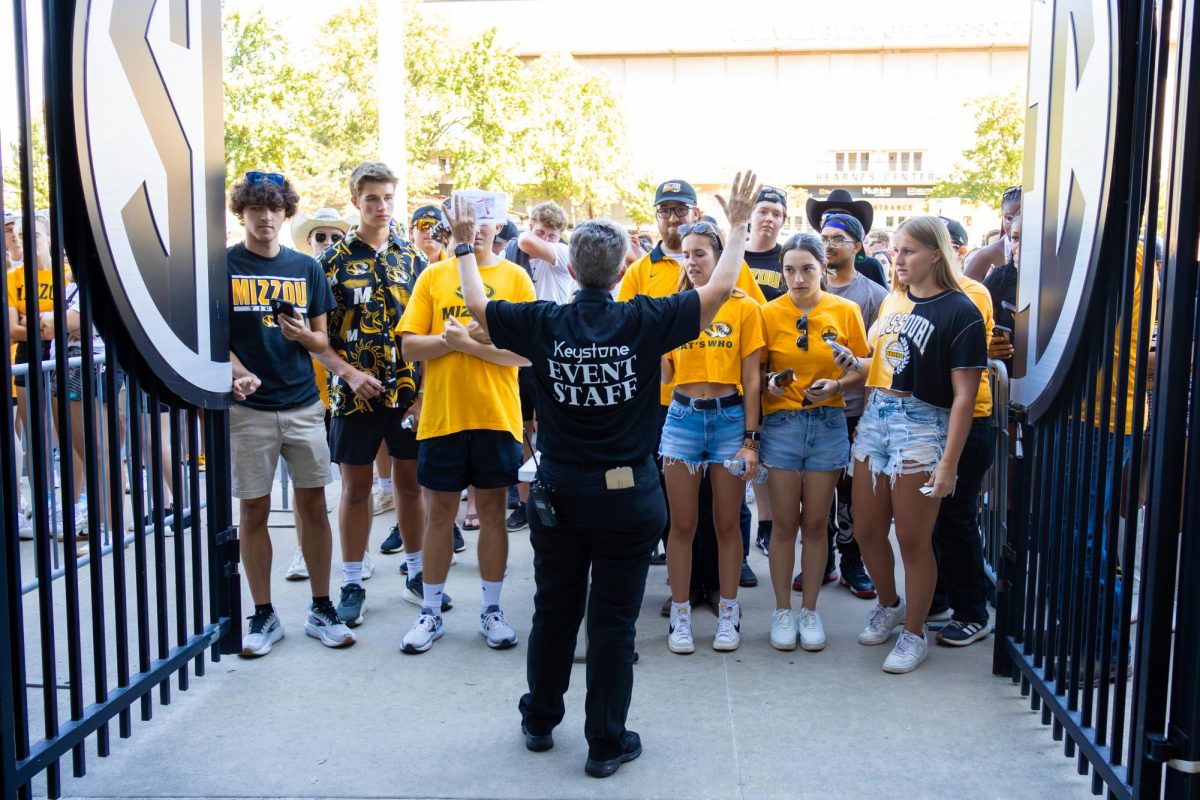MU students now have more options to take classes online.
A growing preference for online courses fueled a 16 degree- and certification-expansion of Mizzou Online last year. MU officials invested $2.5 million in the project, according to a [previous report by The Maneater](https://www.themaneater.com/stories/2012/9/7/mu-expands-online-education-25-million/).
The online education service, a unit of the provost’s office, offers more than 90 graduate and undergraduate degrees and certificates and more than 900 online course options, according to [its website](http://online.missouri.edu/).
More than 9,000 students used Mizzou Online’s services during the 2012-13 school year, according to the previously mentioned article.
“This expansion has been in development for many years,” said Gera Burton, interim co-director of Mizzou Online. “Last year, there was a commitment for funding, but the courses couldn’t take effect until this year.”
Architectural Studies Department Chairwoman Ruth Tofle, believes the expansion will attract a diverse group of students.
“I am very enthusiastic about the increased access that students can have to college education so that we will be able to recruit different students of different ages and different parts of the world,” she said.
Mizzou Online reported during the 2011-12 academic year that students from all 50 states and 35 countries enrolled in online courses through MU.
The process for formulating an online course is exactly the same as an in-person course, Burton said.
“We only facilitate online; it is up to each department,” Burton said. “The process for online is the exact same as face-to-face. The level is the same. The credit is the same. There is not a difference.”
First, there has to be faculty willing or available to teach the class. Then, approval of the course must be ascertained from the course’s parent department’s chairperson and college’s dean. The course’s curriculum is looked over carefully during this process. Both online and in-person sections of classes have identical curriculum, Burton said.
Last year, Mary Licklider, professor in the Truman School of Public Affairs, would provide time each week for students in her grantsmanship course to ask her questions and discuss concerns.
But, after realizing students weren’t using her office hours effectively, Licklider decided to transform her course to an online-only class for multiple reasons.
“First, almost no one was going to the face-to-face sections,” Licklider said. “And two, those that did didn’t really seem to need the face-to-face time very much. So, we figured that this isn’t something we should continue doing because there isn’t much demand for it.”
Licklider is one of many professors at MU that have decided to offer an online section for their courses.
“It’s been a kind of gradual evolution that’s been driven by what the students have been choosing,” she said.
Online courses can be created through popular demand based on feedback from student evaluations or faculty requests.
“Ideas can come from any level, student, parent, or faculty,” Burton said.
Tofle said that in her experience as an instructor for both in-person and online classes, there are very few differences.
“It is just the delivery mode,” she said. “There is always student-faculty interaction.”
Tofle said the evolution of technology has changed online courses dramatically.
New technology, such as video chats, allows for more student-teacher interaction and brings students from around the globe together during the class.
“Technology is improving all of the time,” Tofle said. “Especially in our department, when in our online course, we do not simply just use PowerPoint and email like 10 years ago.”







